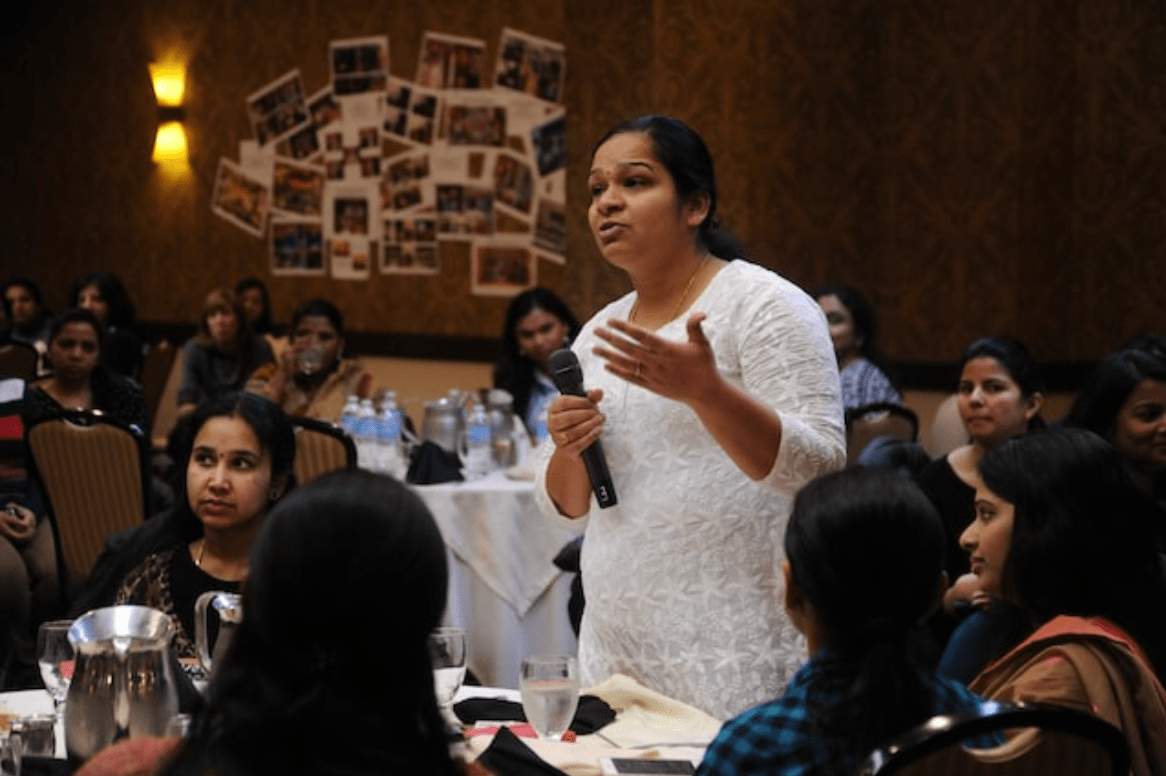When selling to customers, your non-verbal communication skills – such as active listening and interpreting non-verbal cues – are just as important as what you say. Developing these skills will help you understand what your customers want so that you can offer them the most suitable products and services.
Listening skills
Listening to your customers discover their needs helps you suggest appropriate products or services that meet those needs.
Active listening is the process of confirming what you think your customer has said and meant by observing their verbal and non-verbal cues. To be an excellent active listener, you should:
focus your full attention on your customer
briefly summarize your understanding of what your customer has said take notes if necessary
Use appropriate non-verbal cues such as nodding your head, inclining your body forward, and maintaining eye contact. Note your customer’s non-verbal cues – are they eager, reluctant, or impatient? Use appropriate, well-timed probing questions and summary confirmation questions.
Understanding non-verbal cues
Interpreting your customer’s non-verbal signals and behaviors allows you to read their attitude and better understand their needs. Projecting the right non-verbal cues yourself can help your customer feel at ease. Here are some positive and negative examples of non-verbal cues:
Facial expressions
bad – wrinkling the nose, furrowing the brow, or rolling the eyes
good – smiling, raised eyebrows, relaxed mouth
Eye contact
bad – avoiding your customer or looking outside your sales space
good – looking back to your customer’s face and at your products
Smile
bad – closed, firm, or expressionless mouth
good – smiling or relaxed mouth
Hands
wrong – hands folded to the chest or near the face
good – hands moving freely, relaxed, touching the product
Gestures
bad– closed arms, dismissive hand gestures
good – open arms, nodding the head
Posture
bad – slouching, shoulders turned away
good – standing upright, inclining the body forward
Position
bad – moving too close, facing away
good – observing personal space accommodating cultural differences.
What you communicate through your body language and nonverbal signals affects how others see you, how well they like and respect you, and whether or not they trust you. Unfortunately, many send confusing or negative nonverbal signals without knowing it. When this happens, both connection and trust in relationships are damaged.
The person who inspired us to write this article today has the expertise in making people utilize their communication skills for a better living. Linda K Clemons is one of the top sales producers, trainers, and global speakers. With the academic achievements of studying marketing and being certified in Analytical Interviewing.
The skills she has are why Linda has been able to help others around her deal with different communication styles. She emphasizes the importance of Communication, i.e., body language, Sales, and relationships.
According to Linda, Nonverbal Communication is a rapidly flowing back-and-forth process that requires your entire focus on the moment-to-moment experience. Suppose you’re planning what you’ll say next, checking your phone, or thinking about something else. In that case, you’re almost sure to miss nonverbal cues and not fully understand the subtleties of what’s being communicated. As well as being fully present, you can improve how you communicate nonverbally by learning to manage stress and developing your emotional awareness.



